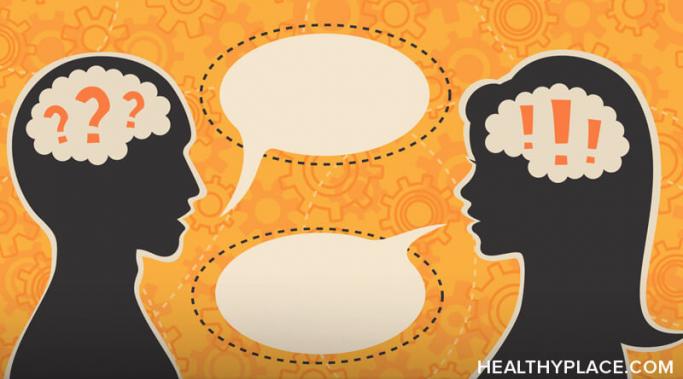Having a well-crafted set of life goals helps me on my journey to build self-esteem, but it's the baby steps that lead to those goals that make me feel successful. Completing a life goal's final steps may be years away, and focusing on that can be detrimental to healthy self-esteem. Changing my focus to the baby steps I take improved my self-esteem.
Positive Thinking
Your journey to stronger self-esteem can take as little as 10 minutes each day. If you feel you have poor self-esteem but don't know what to do about it, try this simple exercise that takes five minutes in the morning and five before bed. Simply by committing to this small amount of time on yourself, you are building healthier self-esteem.
If you reframe your thoughts, you develop healthy self-esteem because self-esteem is all about the way you look at yourself. So, one of the best tools to practice in this journey is the ability to reframe a negative thought into a positive. one Learning to change your point of view is key in your effort to build strong self-esteem.
A sure sign of healthy self-esteem is being your own best friend--loving and accepting yourself exactly as you are. This is a bottom-line requirement for strong self-esteem. Often, we only recognize the things about ourselves that disappoint us and pay no attention to our talents and accomplishments.
A self-esteem affirmation is a positive statement about yourself that, when practiced regularly, can improve your image of yourself. We believe what we hear repeatedly, and when we replace negative self-talk with positive affirmations we can change our belief that we are less worthy of love and happiness than others.
Are there any activities to build self-esteem? Yes, there are. In fact, the most common question I get asked about building self-esteem is where to start. Often, we can clearly picture the version of ourselves we desire to embody, yet we struggle to take the first few steps towards it. Self-esteem starts to feel like a massive undertaking, something we can see in the distance but never gets any closer. To help, here are a few fresh new activities to build self-esteem that have worked for several of my clients.
Does seeing a therapist increase self-esteem and the self-esteem building process? While our society is working hard to de-stigmatize the belief that therapy exists only for people in crisis or with chronic mental illness, we still tend to think of therapy as something to help us move from bad to neutral, instead of from neutral to good. Yet therapists are trained to understand how the mind can build confidence and create sustainable change. As you consider adding therapy to your self-esteem journey, read on to learn three ways that therapy can help increase self-esteem.
Vulnerability is not something we normally link with self-esteem. We are much more inclined to picture an impenetrable sort of confidence, a version of ourselves where nothing can breach our walls of strength and self-adoration. Yet vulnerability is not only an incredibly powerful tool for those already on the road towards building self-esteem–it is also a very good place to start.
While we would all love to build our self-esteem as quickly and effectively as we can, sometimes the process feels daunting. When we get lost in the expectations of self-esteem and forget some of the realities that go along with it, we can feel lost. Here are three things to remind yourself about building self-esteem.
Finding self-love after a traumatic suicide attempt seems like a daunting task. After all, of the many thoughts circling the brain after an event of intended suicide, very few of if any are positive. It's more common to feel fear, shame, and misery. And eventually the question will arise–can I ever learn to love myself after the trauma of a suicide attempt? (Note: This post contains a trigger warning.)









